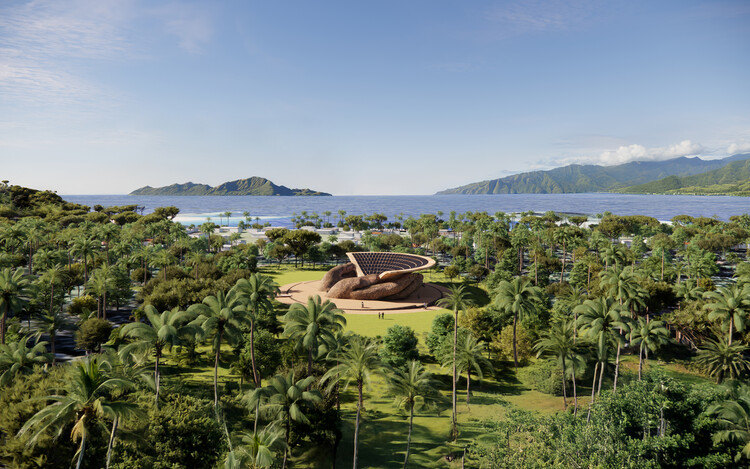 Ligavatuvuce (Hands that Offer and Uplift). Image © Young Kang
Ligavatuvuce (Hands that Offer and Uplift). Image © Young Kang
Share
Share
Or
https://www.archdaily.com/1033206/lagi-2025-fiji-highlights-participatory-design-in-renewable-infrastructure
The Land Art Generator Initiative (LAGI) has announced the winners of its 2025 competition in Marou Village, Fiji. Developed in partnership with the local community and supported by the Fiji Department of Energy, the Fiji Rural Electrification Fund, and the United Nations Development Program, LAGI 2025 invited designers from around the world to envision renewable energy and water systems that could also serve as cultural and social spaces. From over 200 entries representing 45 countries, two projects were selected: The O by Alberto Roncelli and Ligavatuvuce by Young Kang.
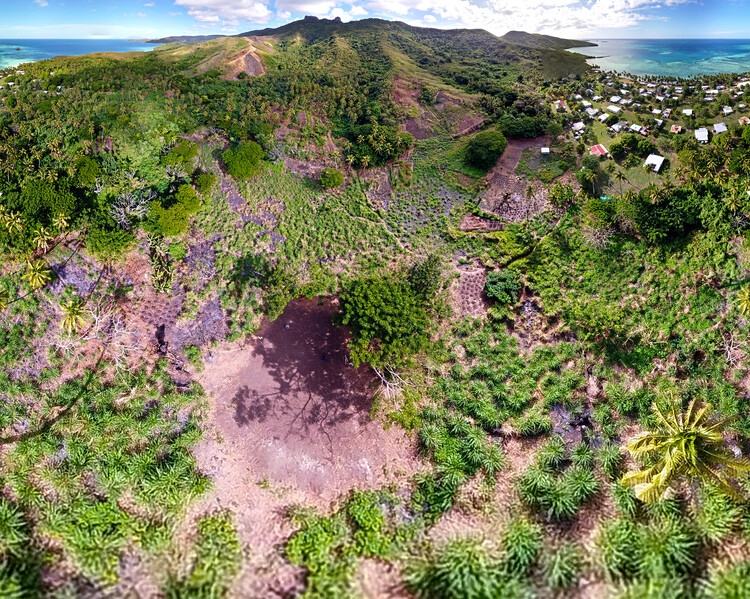 Marou Village and the design site from the air. Image © Land Art Generator Initiative
Marou Village and the design site from the air. Image © Land Art Generator Initiative
Since its first edition in 2010, LAGI has framed renewable infrastructure as a design challenge, asking how functional systems can be embedded in the landscape as works of art and places for gathering. Each edition focuses on a specific site, asking participants to address environmental and social needs while integrating technical performance with cultural expression. In Fiji, the brief centered on systems capable of producing electricity and clean water while providing spaces for community interaction and reinforcing local traditions. Proposals were assessed not only for technical feasibility and environmental impact but also for their ability to engage meaningfully with the context of Marou Village, with residents participating directly in the evaluation process alongside an international jury.
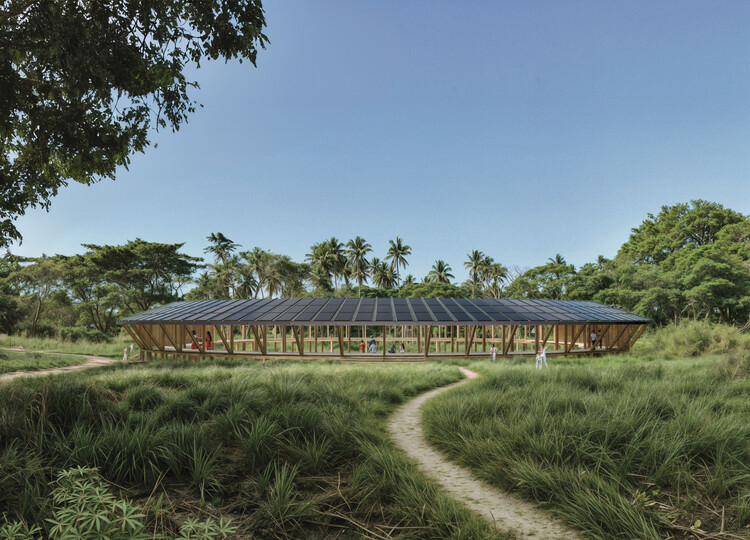 The O. Image © Alberto Roncelli
The O. Image © Alberto Roncelli
The O by Alberto Roncelli takes the form of a circular timber pavilion, combining solar energy production and rainwater harvesting beneath a wide canopy that also serves as a flexible communal space. Ligavatuvuce by Young Kang draws from the gesture of open palms offering yaqona, translating local traditions into a sculptural structure that provides shade while integrating renewable systems to generate electricity and freshwater. Both projects aim to demonstrate how infrastructure can function simultaneously as a resource, a cultural symbol, and a gathering place for the community.
Related Article Architecture and Agency: Rethinking Authorship Through Participatory Design 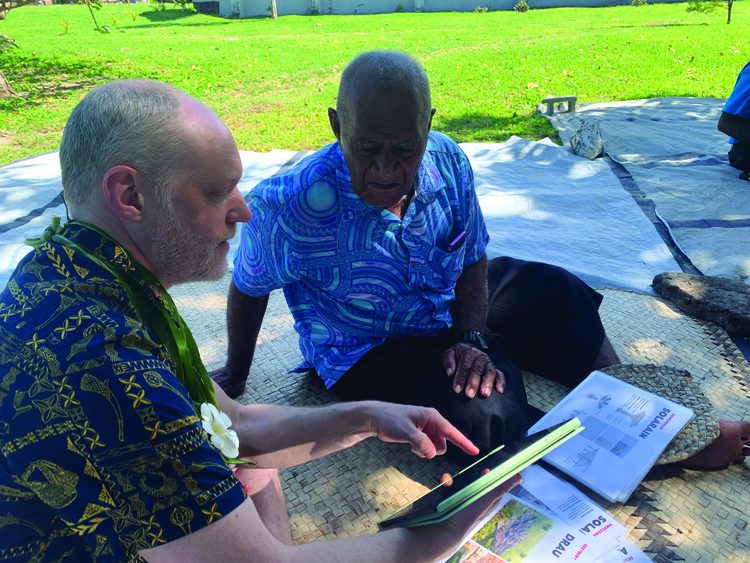 LAGI co-founder Robert Ferry shares the details of projects with Ilisari Naqau Nasau, the Activing Chief of Marou Village. Image © Land Art Generator Initiative
LAGI co-founder Robert Ferry shares the details of projects with Ilisari Naqau Nasau, the Activing Chief of Marou Village. Image © Land Art Generator Initiative
The competition framework emphasizes co-design, moving beyond conventional models of infrastructure delivery by embedding community voices throughout the process. The selected projects will first be developed into prototypes and exhibited publicly before one is chosen for full-scale construction in Marou Village. Long-term operations and maintenance will be supported through existing national energy programs, connecting the initiative to broader strategies for sustainable development. By embedding co-design within the competition model, LAGI illustrates how infrastructure can be developed through collaboration rather than imposed solutions.
This news is part of a broader conversation on participatory design and its role in reshaping architectural authorship. For a deeper exploration of how co-design is transforming architectural practice, including the role of LAGI 2025 Fiji within this shift, see our feature article: Architecture and Agency: Rethinking Authorship Through Participatory Design.
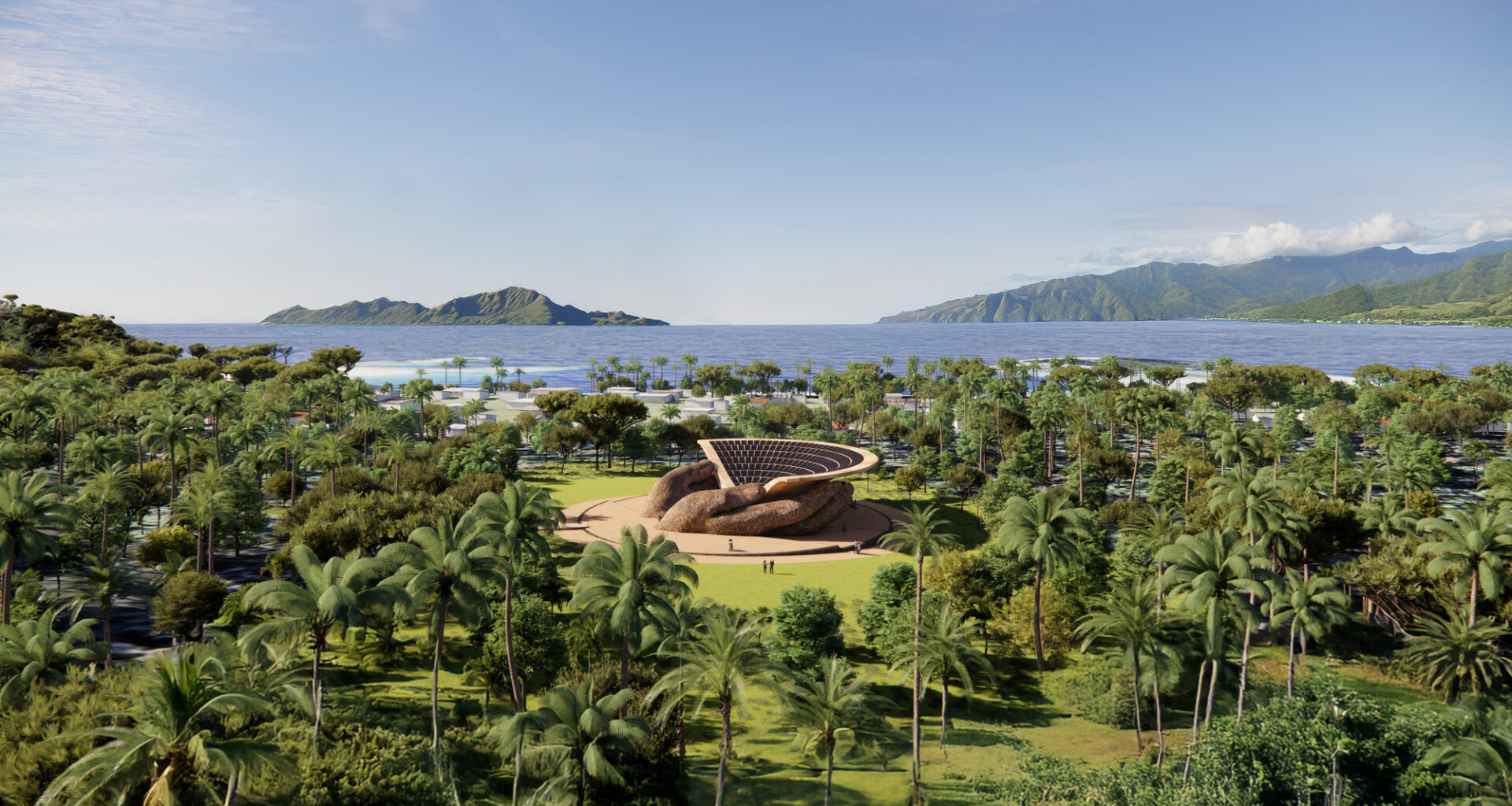
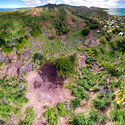
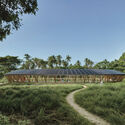
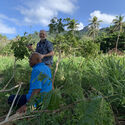
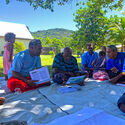
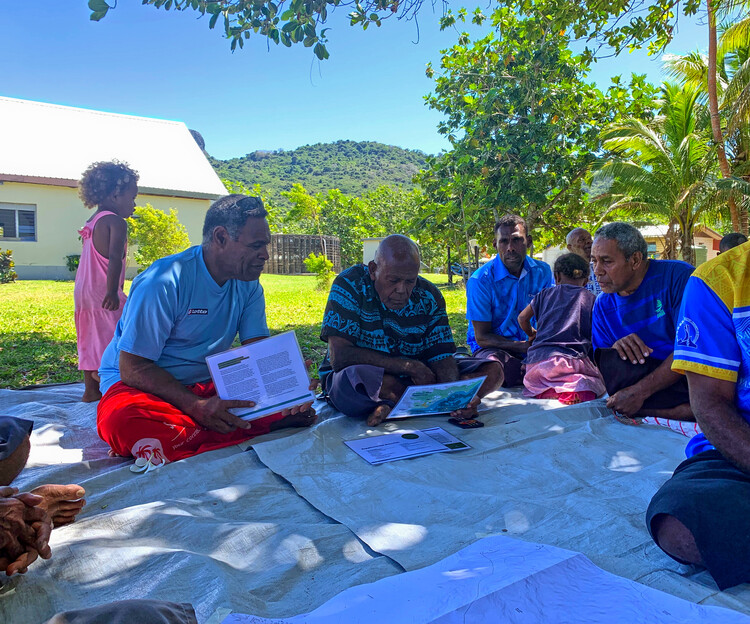 Marou Village residents discuss the draft design guidelines and offer recommended changes to the brief. Image © Land Art Generator Initiative
Marou Village residents discuss the draft design guidelines and offer recommended changes to the brief. Image © Land Art Generator Initiative